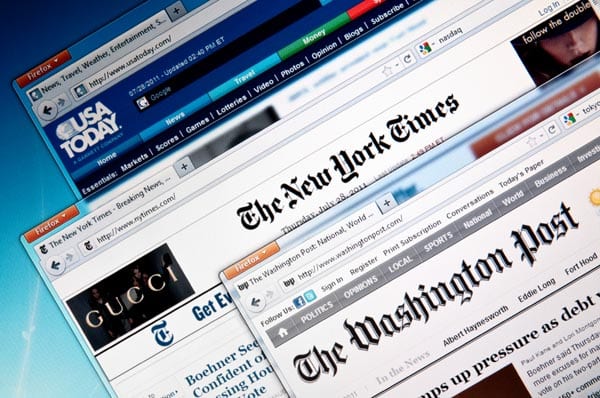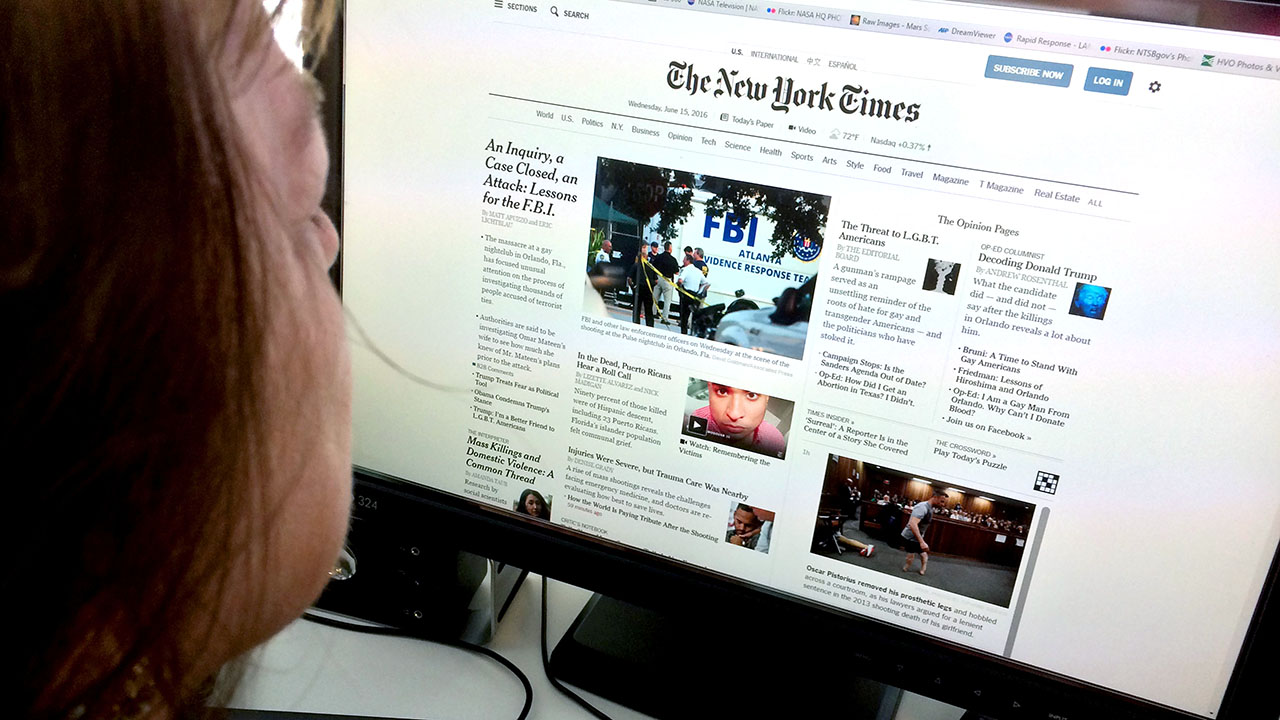Our Popular News Ideas
Our Popular News Ideas
Blog Article
Excitement About Popular News
Table of ContentsExamine This Report on Popular NewsExamine This Report on Popular NewsWhat Does Popular News Mean?What Does Popular News Mean?
Age is also a consider the way individuals view the duty of social media sites. More youthful social media news customers are a lot more likely to say it has affected their discovering for the better. Regarding half of social networks information customers ages 18 to 29 (48%) say news on social media sites makes them better educated, contrasted with 37% of those 30 to 49, 28% of those 50 to 64, and 27% of those 65 and older.Journalists weigh news values when figuring out whether or not to cover an occasion or statement. Probably the most essential element of newsworthiness is whether or not the news item being connected influences an information electrical outlet's audience.
Study on a state's new tax code most likely won't generate the same rate of interest throughout state borders. Periodically specialists can aid localize a larger nationwide tale that impacts more than just a city or state.
If you are publishing newsworthy research, loop in MarComm prior to the post being released to ensure that the pitch can stress the latest element of the story: the magazine of the study. Events and statements that include high-profile figures are more likely to produce media protection. Brows through from national figures often need months of prep work due to expected area interest.
Things about Popular News

Human passion elements can include information worth to various other tales that may appear to be lacking in the other values. The novelty or quirk of a circumstance can assist influence whether or not a news outlet is likely to cover a story. While this is not an exhaustive listing, examining to see if your information thing or occasion has these high qualities prior to contacting us will certainly help you establish which elements hold one of the most news value.

Popular News Fundamentals Explained
There is likewise significant evidence that more customers could begin to spend for information in the futureif publishers can recognize them and serve them well. Half of those who do not pay for news proactively choose information and look like clients in various methods. Popular News. And virtually 2 in 10 of those who do not discover this sign up for information currently indicate they are inclined to begin to pay in the future
We then ask a set of concerns to figure out whether people pay for specific kinds of information resources. We asked individuals to name the resources they utilize most oftenwhether they pay for them or nothow they use them, the specific points they consider essential regarding them, and some associated inquiries regarding the price and see this website worth of that source.
People are drawn to news as a whole for two reasons above others: A wish to be notified residents (newspaper customers specifically are very encouraged by this) and due to the fact that the magazine they sign up for excels at covering particular subjects concerning which those clients specifically care. While there are a host of factors, the No.
More than 4 in 10 likewise mention the truth that loved ones register for the exact same item. Greater than a third of people say they originally subscribed in response to a price cut or promo. In print, individuals likewise are moved heavily to subscribe to obtain vouchers that save them money, something that has untapped implications in electronic.
The Facts About Popular News Revealed

We asked everybody that informed us they have a normal totally free source of information just how likely they would be to pay for it. Greater than a quarter (26 percent) state they would certainly be at least somewhat most likely to begin spending for itand 10 percent are extremely or exceptionally most likely. These most likely payers often tend to be information hunters, and they additionally often tend to be individuals that already spend for a news membership in enhancement to the resource they adhere to totally free.
Of those who do pay, 54 percent subscribe to newspapers in print or electronically, which stands for 29 percent of Americans in general. Many of them acquire a print magazine in addition to their paper and pay for two to try these out 4 information sources in overall, some a lot more. And while 53 percent are veteran customers (5+ years), even more than a quarter (27 percent) have acquired their newspaper subscription within the past year.
Few print clients assume it likely they will change to a digital-only registration in the future, and over half of those who like digital have never paid for a print version of the exact same resource. Popular News. Fully 75 percent of newspaper payers state they mostly reviewed the paper in print, while 21 percent are primarily electronic users, and 4 percent define themselves as evenly split
Report this page